| | Today was heaven in my garden. After a month of no dirt under my fingernails, I made up for all that vacant time on several scores during the low-80-temperatures – removing dead plants, rescooping and watering tomato berms of plants that still have ripening tomatoes, and scattering and shallowly incorporating fertilizers into the long stretches in beds that’ll be seeded with overwintering edibles. What a glorious afternoon, feeling exquisitely alive again in the garden! Few Tomatoes I’ve never had so few tomatoes to harvest over summer – of my 18 plants I barely got 74 fruits, and those were medium to small in size as well as Sungold’s tiny size. One bed of 8 plants was primarily of volunteers that had sprouted in my compost pile. The other bed held the 10 favorite varieties that I’ve successfully grown for years. Both beds were fertilized and watered well. Volunteers The volunteers developed less foliage but resulted in more tomatoes; of course I don’t know what they were since they were volunteers so could have been crosses among last year’s fruits that made it into the compost pile. About half of these plants have died, but I’m waiting on letting the fruits that’ve already set to ripen in our continuing mid-80-degree daytime heat. Purchased Past Favorites The purchased plants that I’ve grown for years as my favorites grew more foliage but didn’t produce as many fruits as the volunteer plants. This made me think that I’d somehow overloaded them with nitrogen, even though I fertilized them the same as the volunteers, both initially when transplanting and when the blossoming first started. About one-third of these plants died early on during that first heat spell, but the remaining plants are very top-heavy (the vines are supported inside the cages up to six feet, then overflow down the outside for another four feet. On this still-strong foliage, they’ve put out a good number of blossoms, so we’ll see how many of them actually set fruit and develop during this daytime warmth. But, I’m hoping this out of curiosity since once the evening temperatures get lower than 60 degrees, the plants pretty much shut down the cooler it gets at nighttime, even with the “high” daytime temperatures. Sowing and Transplanting Overwintering Edibles Sowing seeds is a great way to get lots of plants to transplant around your garden or share with friends. And you get to choose varieties with specific qualities that you like or want to try. This is especially fun with packets that seemingly contain a billion seeds – like many lettuces – because you can count on reseeding them every three or four weeks if earlier ones haven’t germinated or you want many more plants. I love scattering the seeds along the six-inch-or-so front edge of my large veggie beds so they’re easy to keep sprinkled with water for good germination and then transplanted in small bunches into 6-packs or 4” containers for developing further prior to sharing with friends. |
|
11 Comments
BJ Ledyard
9/24/2023 06:48:39 pm
I planted my fall garden and the peacocks/peahens/peababies had their Thanksgiving Feast!
Reply
Yvonne Saavio
9/25/2023 08:43:47 pm
Yes, we're inadvertently feeding the critters....How 'bout staking chicken wire around a bed with new transplants?
Reply
Deborah Ellen Blair
9/25/2023 07:41:33 am
I too have noticed my flowering plants and trees are not flowering as much this season. I attributed it to the excess water we've had over the last winter season, and that somehow less water stresses flowers into blooming more?
Reply
Yvonne Savio
9/25/2023 08:45:58 pm
Good guess. 'Twas certainly nice to have a lusher-looking garden! I'm sure that the llloooooooonnnngggg spring we had with not much of the usually dreaded heat contributed to less blooming.
Reply
10/20/2023 04:07:46 pm
I just want to say your blog has been very inspiring for me this afternoon. I wish you and your lovely garden all the best!
Reply
12/29/2023 10:21:52 am
This is delightful – your vivid description captures the joy of reconnecting with your garden after a month's hiatus. The detailed account of your tomato harvest, especially the distinction between volunteer and purchased plants, adds a fascinating layer to the gardening experience.
Reply
4/9/2024 12:23:46 am
This is truly delightful – your vivid portrayal perfectly captures the happiness of reuniting with your garden after a month away. The meticulous description of your tomato harvest, particularly the differentiation between volunteer and purchased plants, brings an intriguing depth to the gardening narrative.
Reply
4/9/2024 12:25:31 am
Nice guess. It was indeed pleasant to see a greener garden! I'm confident that the unusually long spring we experienced, with less of the typically dreaded heat, played a role in the reduced blooming.
Reply
5/1/2024 11:15:46 pm
The tips on sowing and transplanting overwintering edibles highlight the practicality and satisfaction of gardening, from selecting specific varieties to nurturing seeds into robust plants. It's a testament to the joy of cultivating and sharing nature's bounty.
Reply
5/29/2024 10:46:04 pm
This is very informative! Your method of sowing and transplanting overwintering edibles, along with the joy of sharing plants with friends, highlights the communal and rewarding aspects of gardening.
Reply
7/14/2024 08:07:56 pm
It's fascinating how different growing conditions affect tomato yields. Thanks for sharing your insights and experiences with your garden this season.
Reply
Leave a Reply. |
Categories |

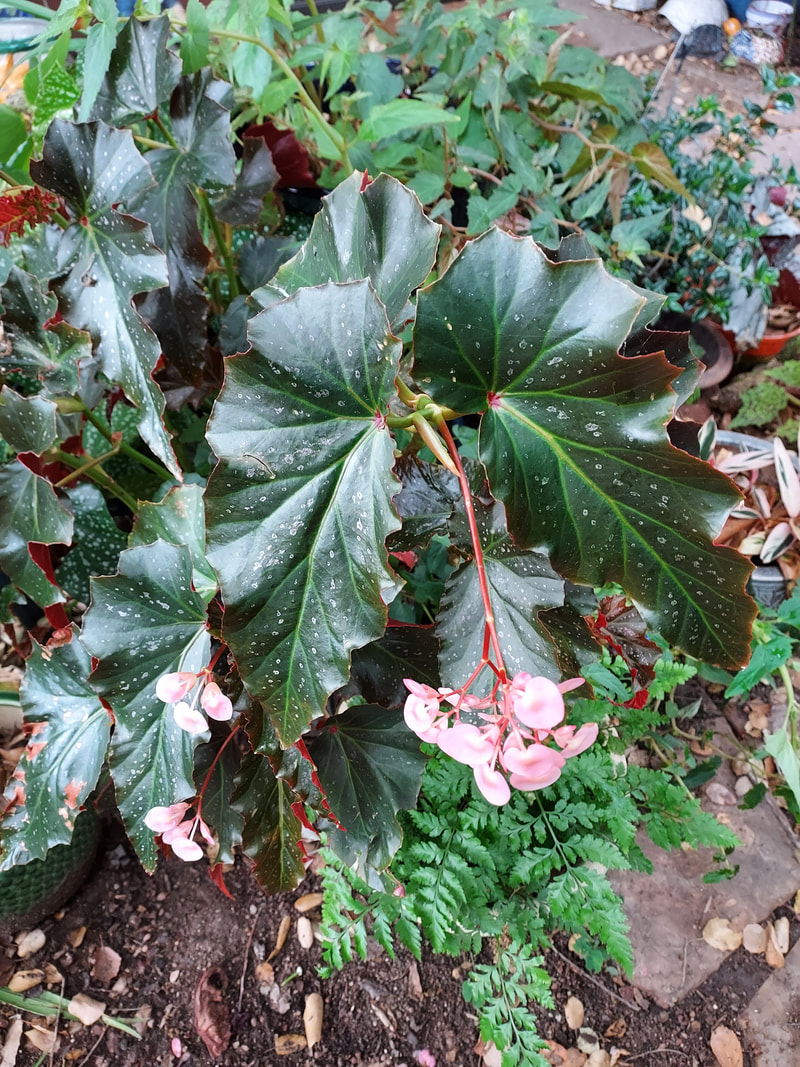
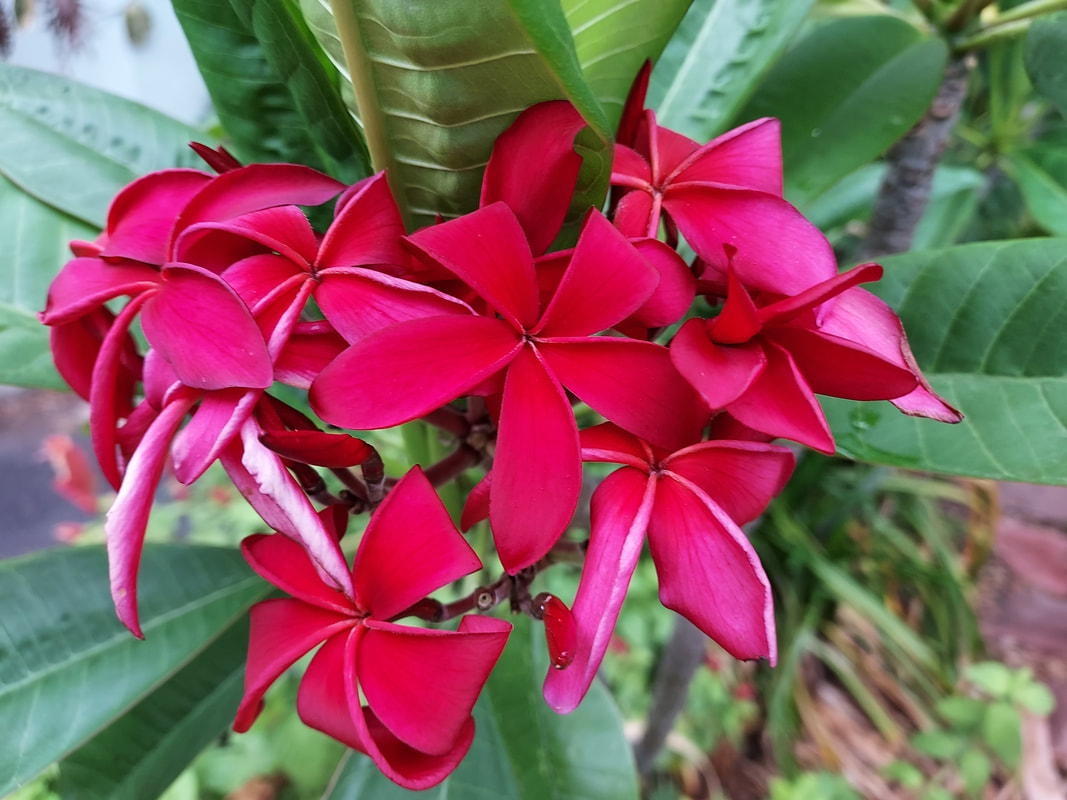
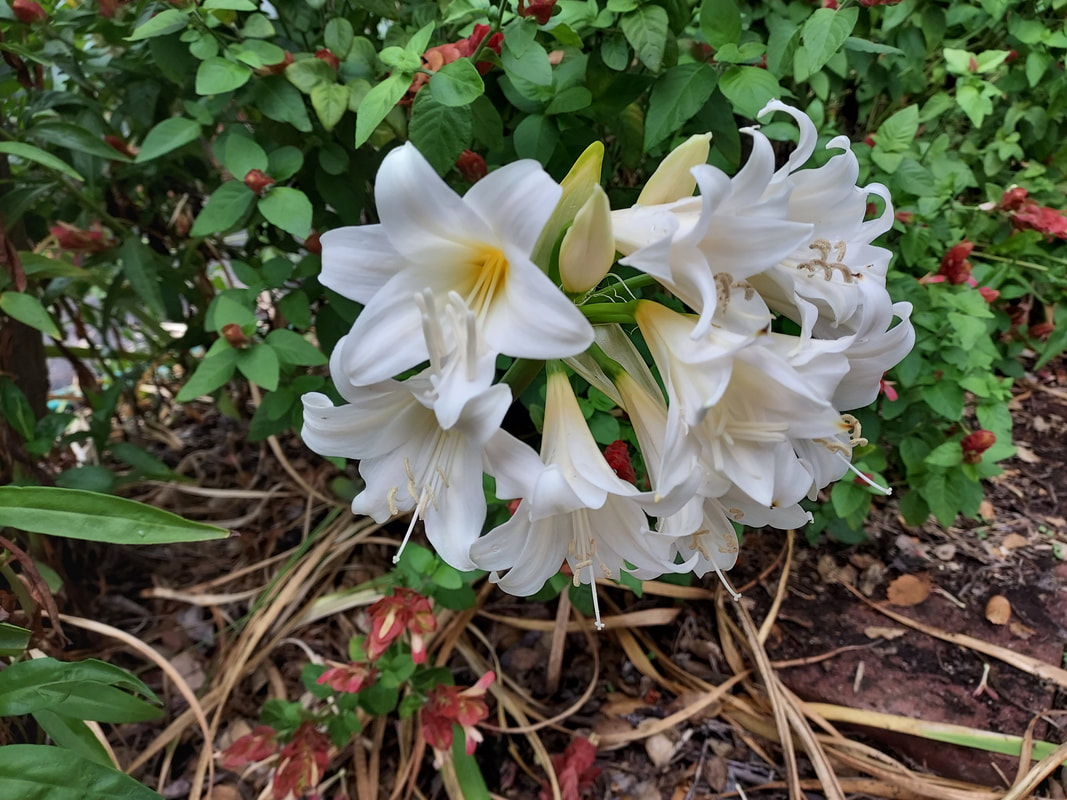
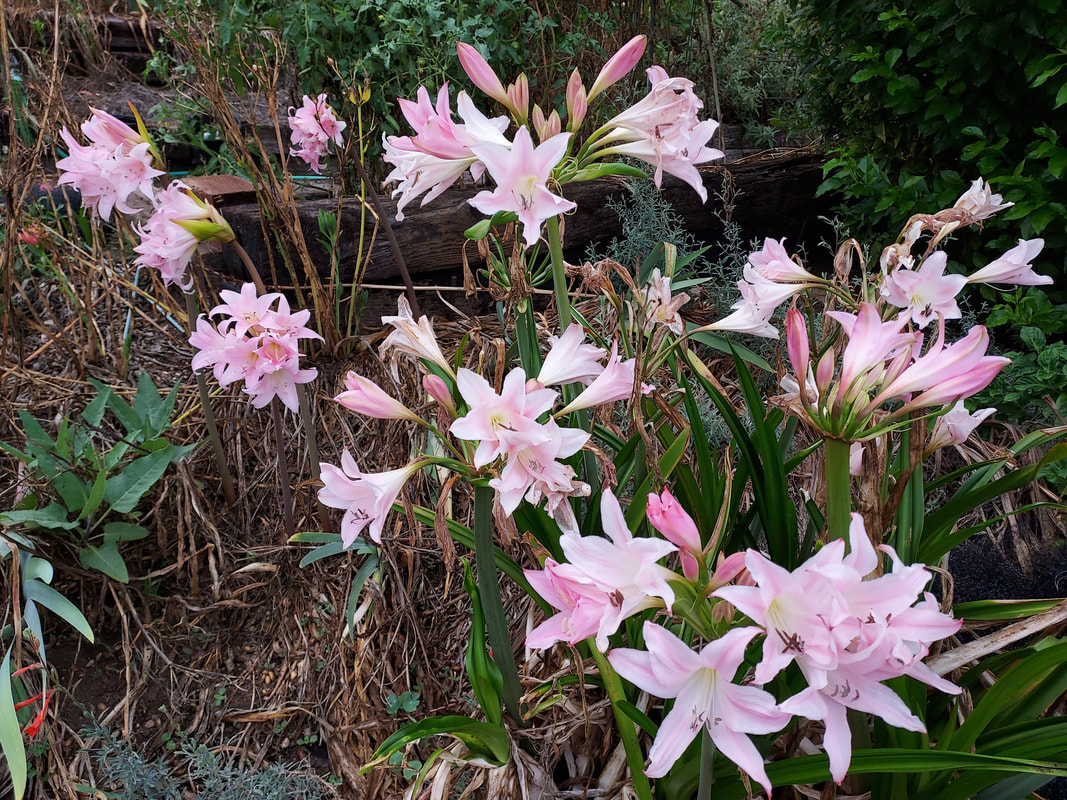
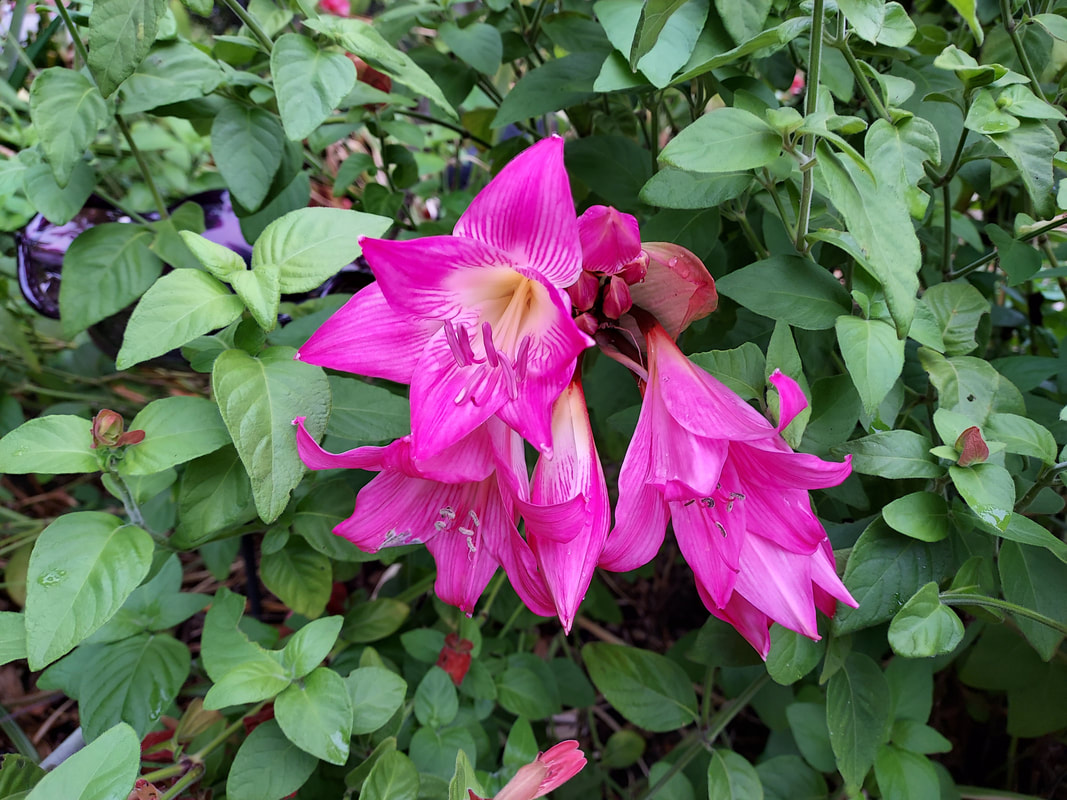
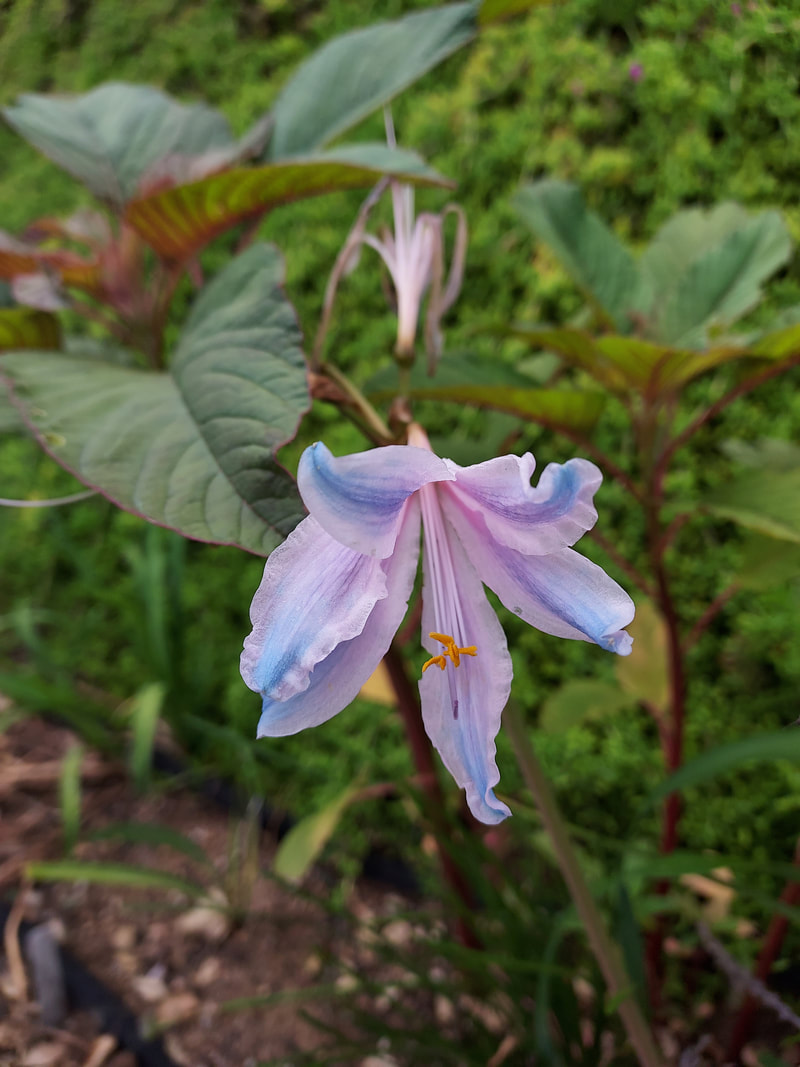
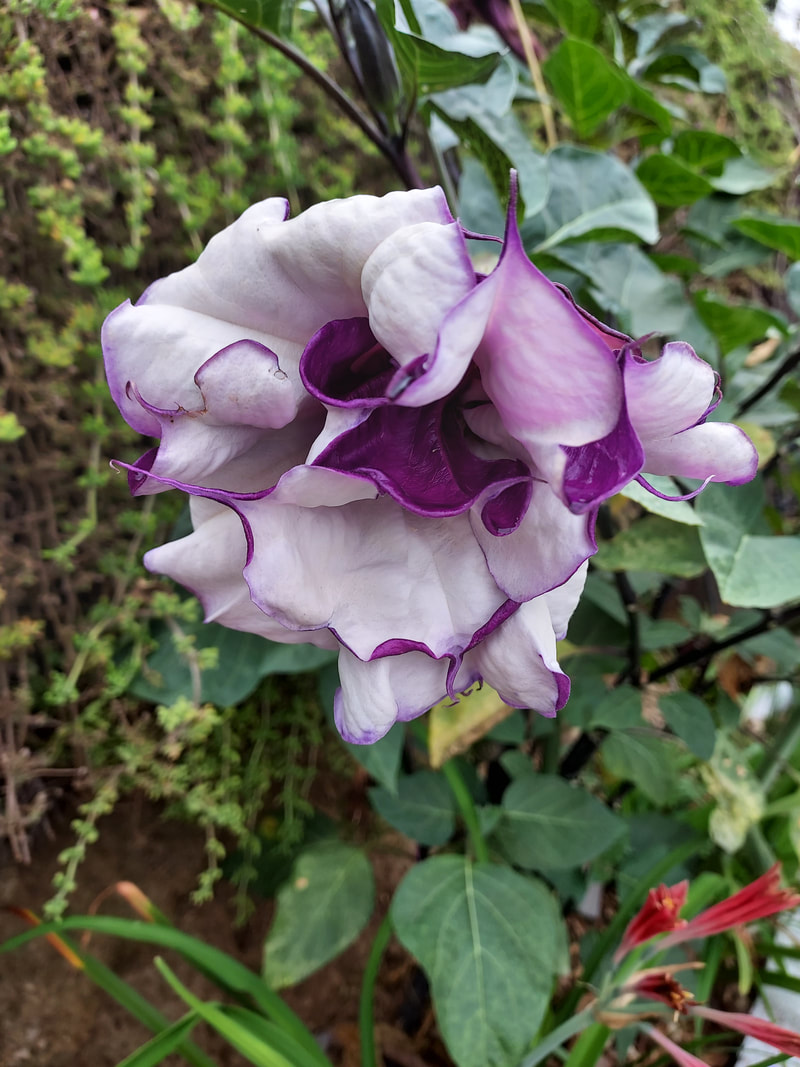
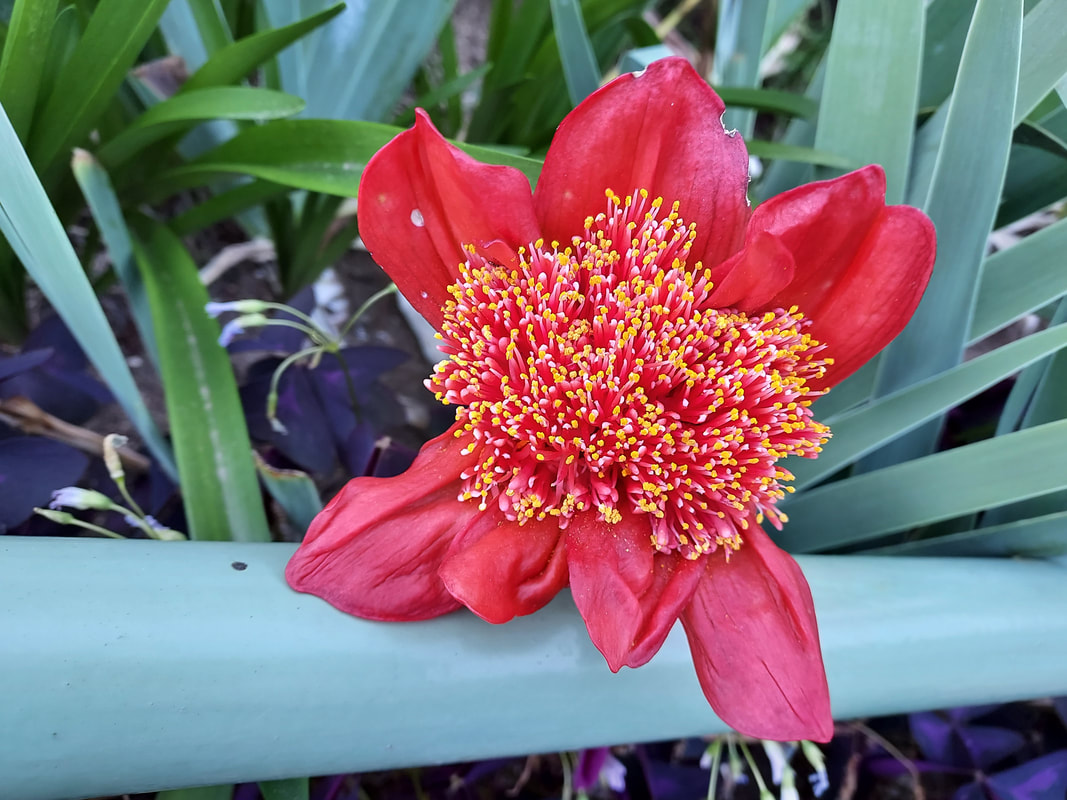
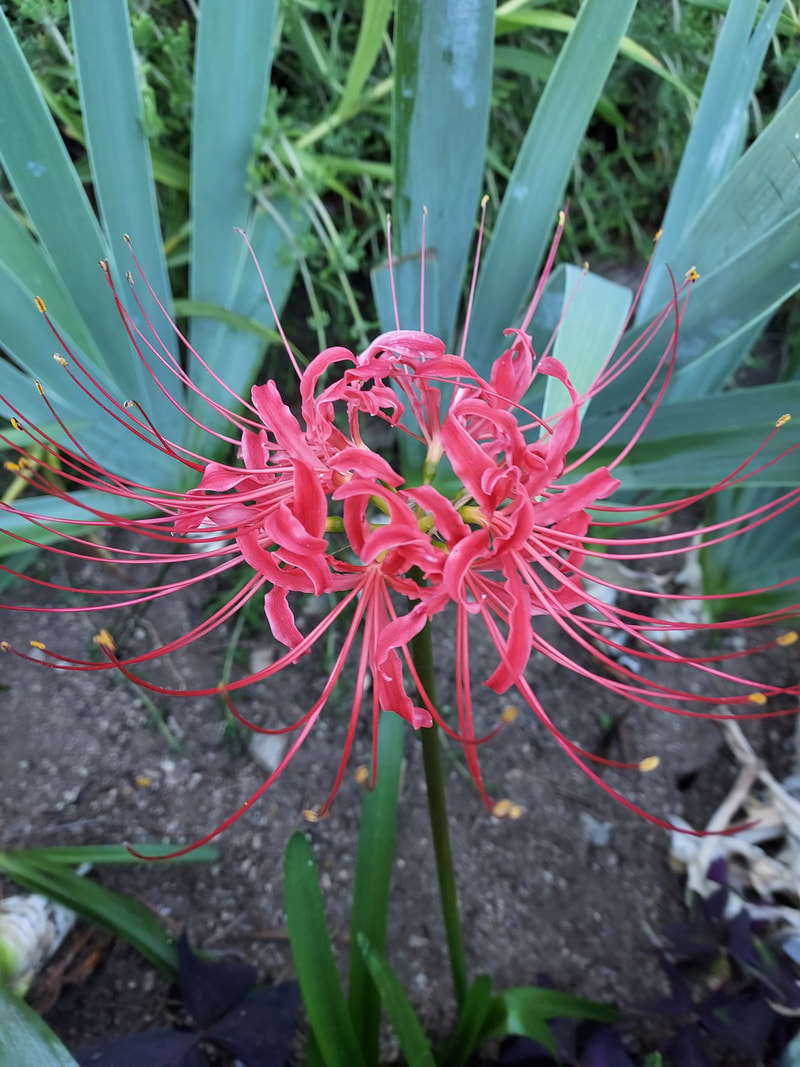
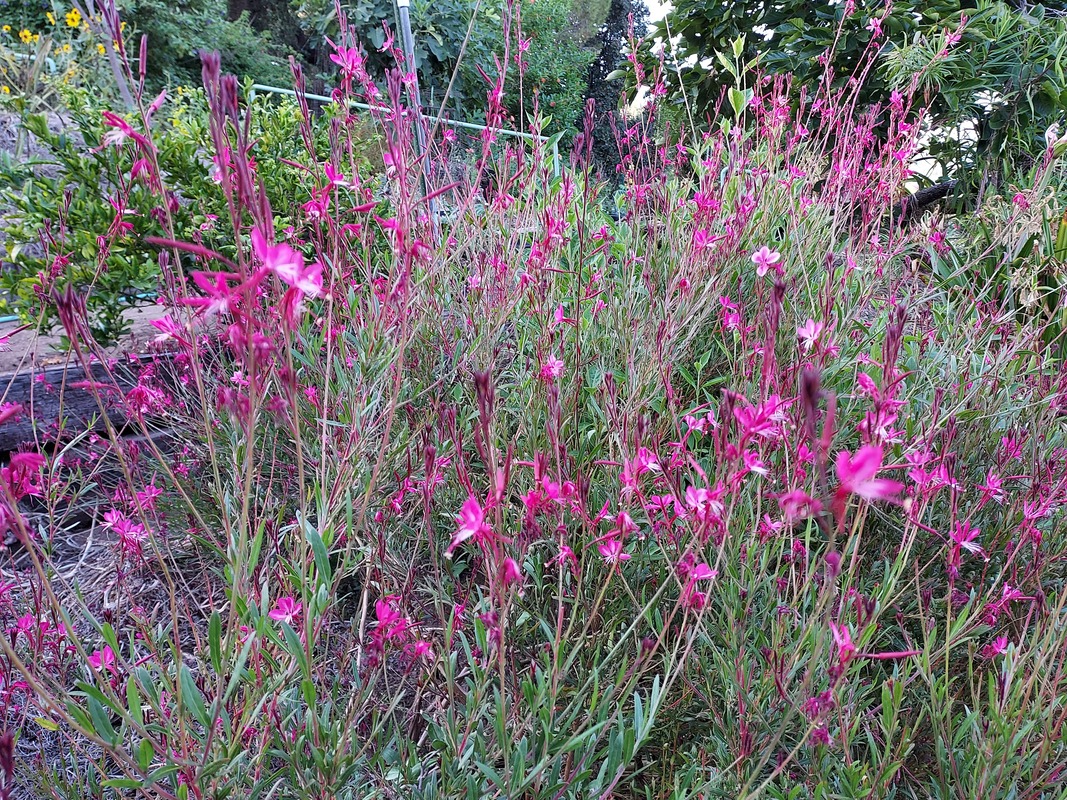
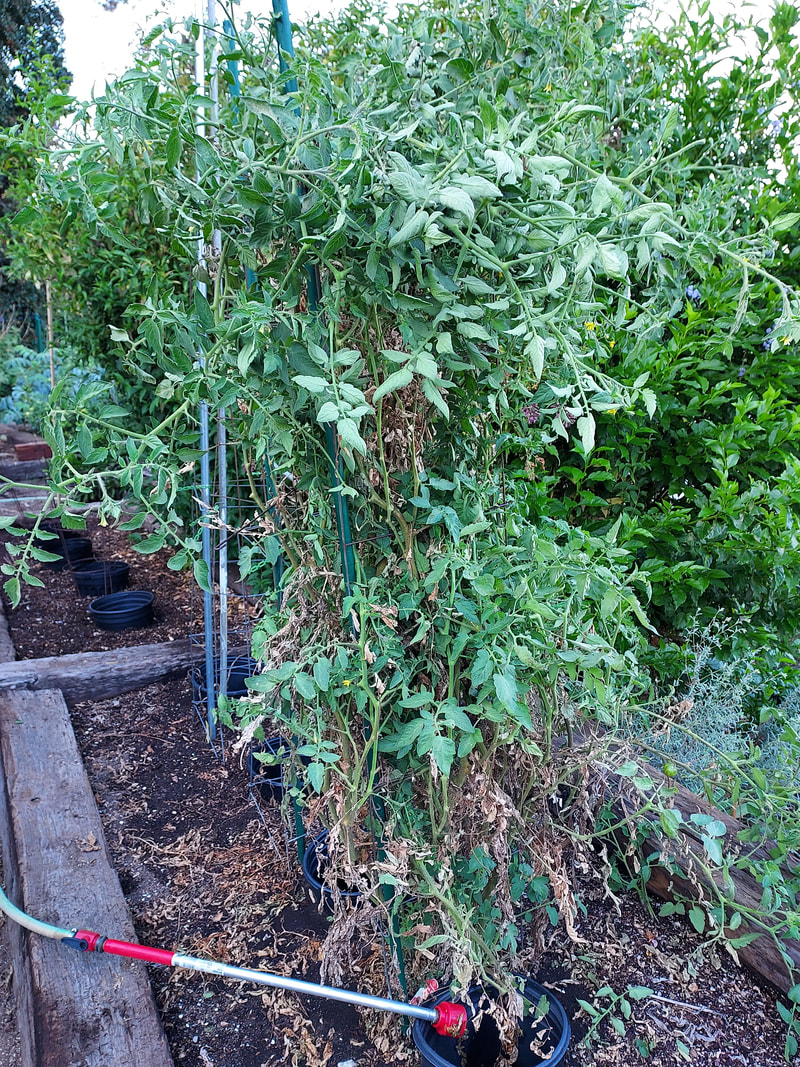
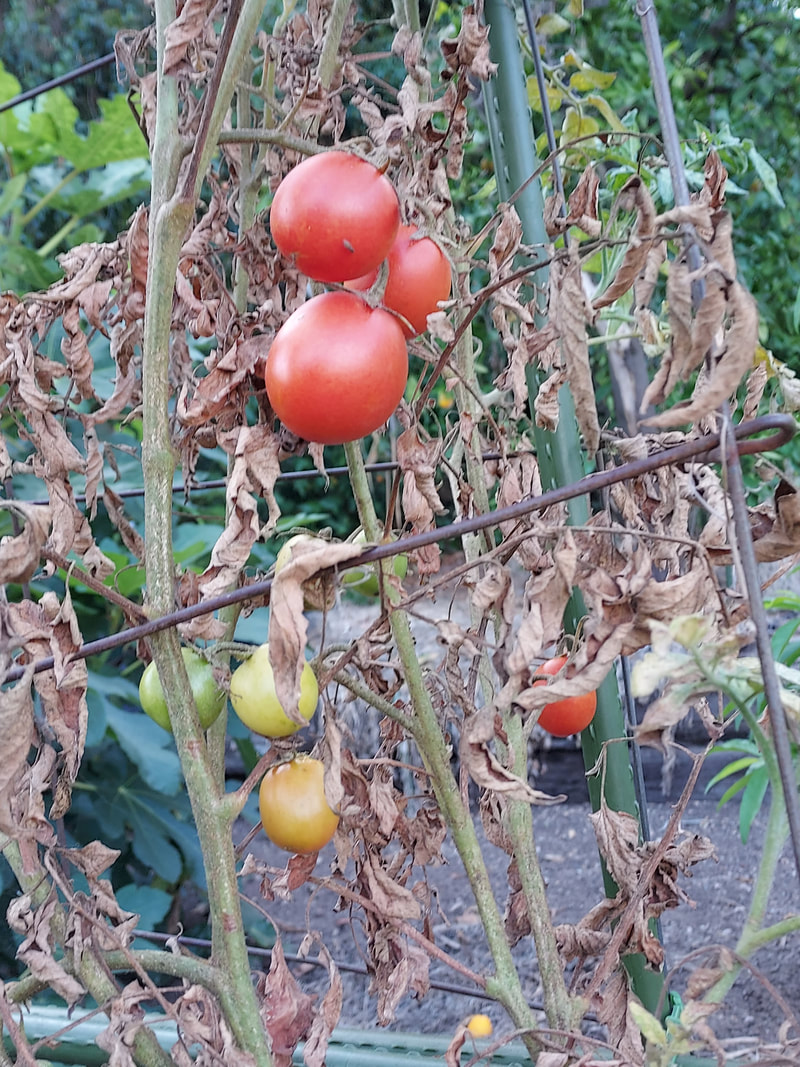
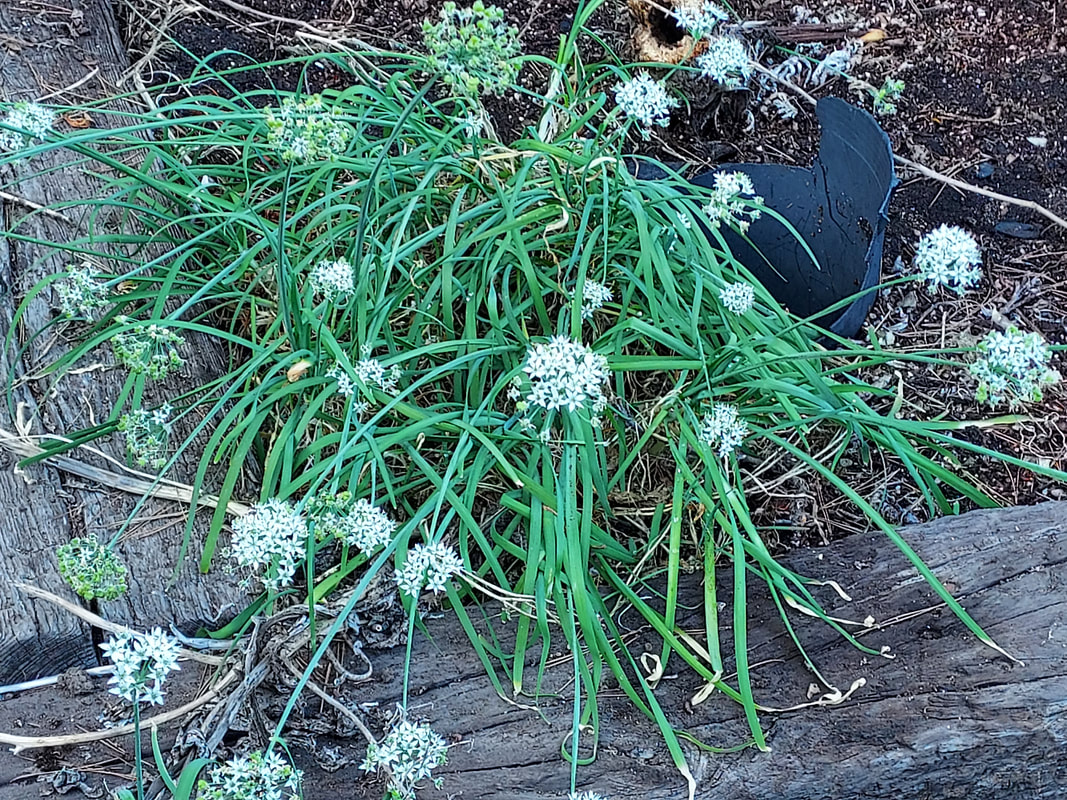
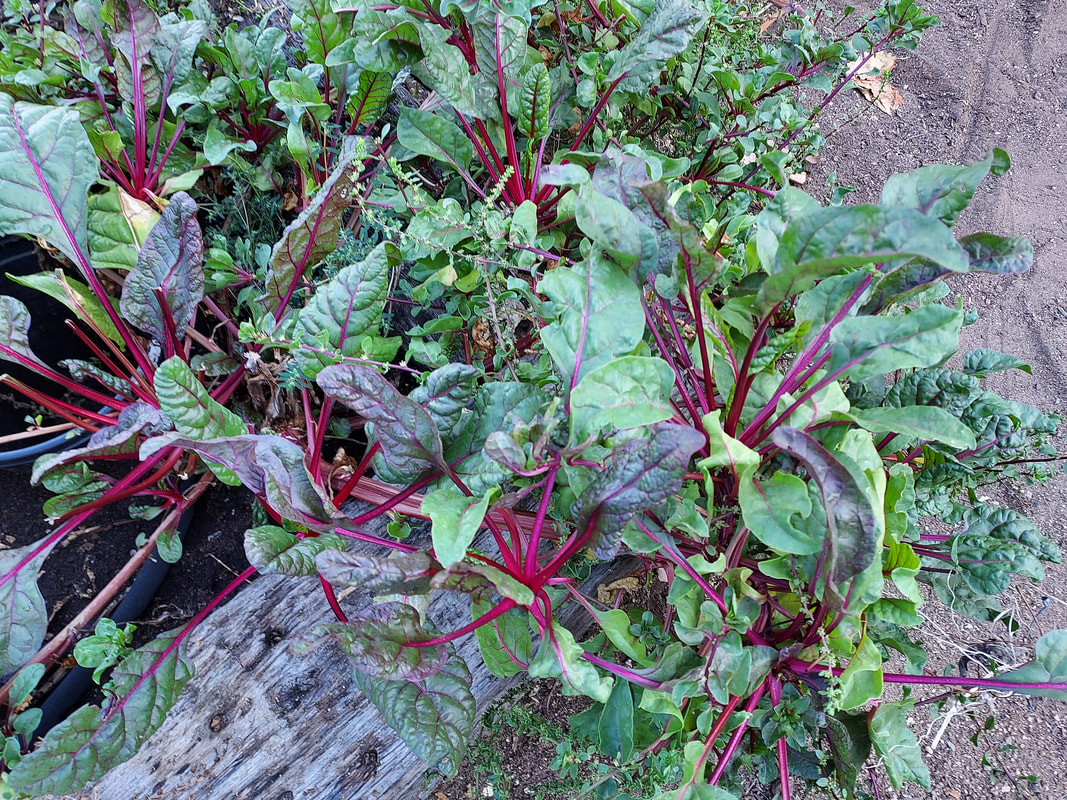
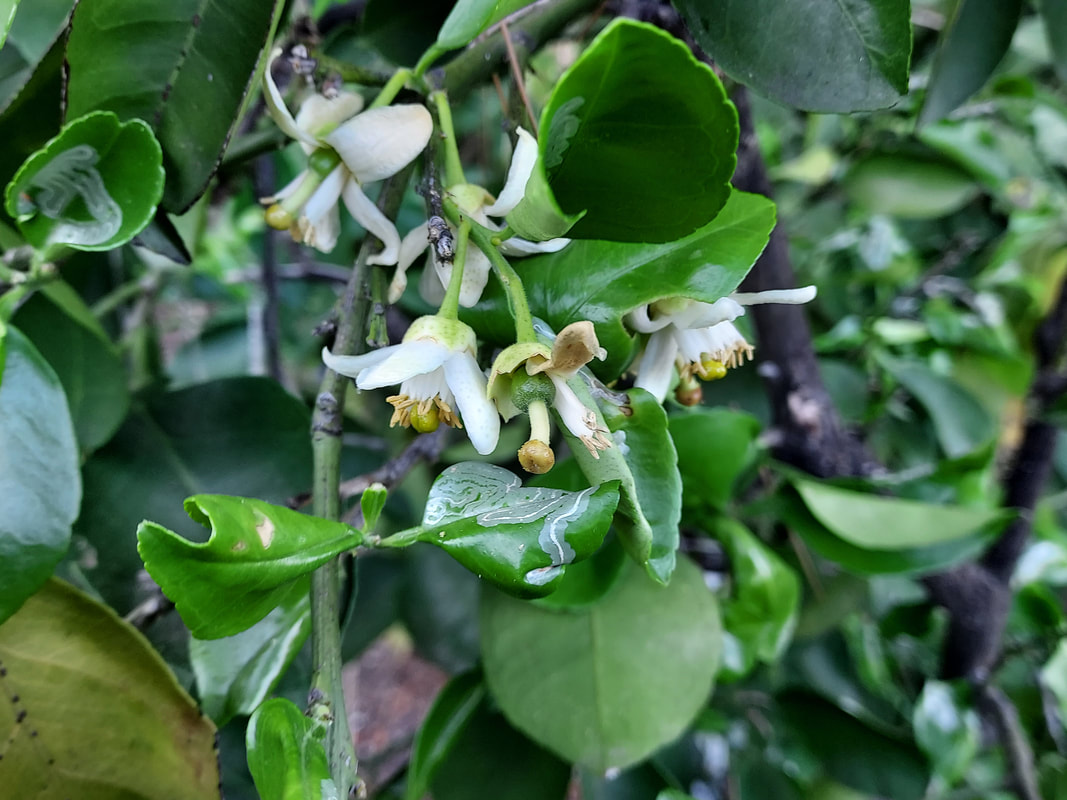
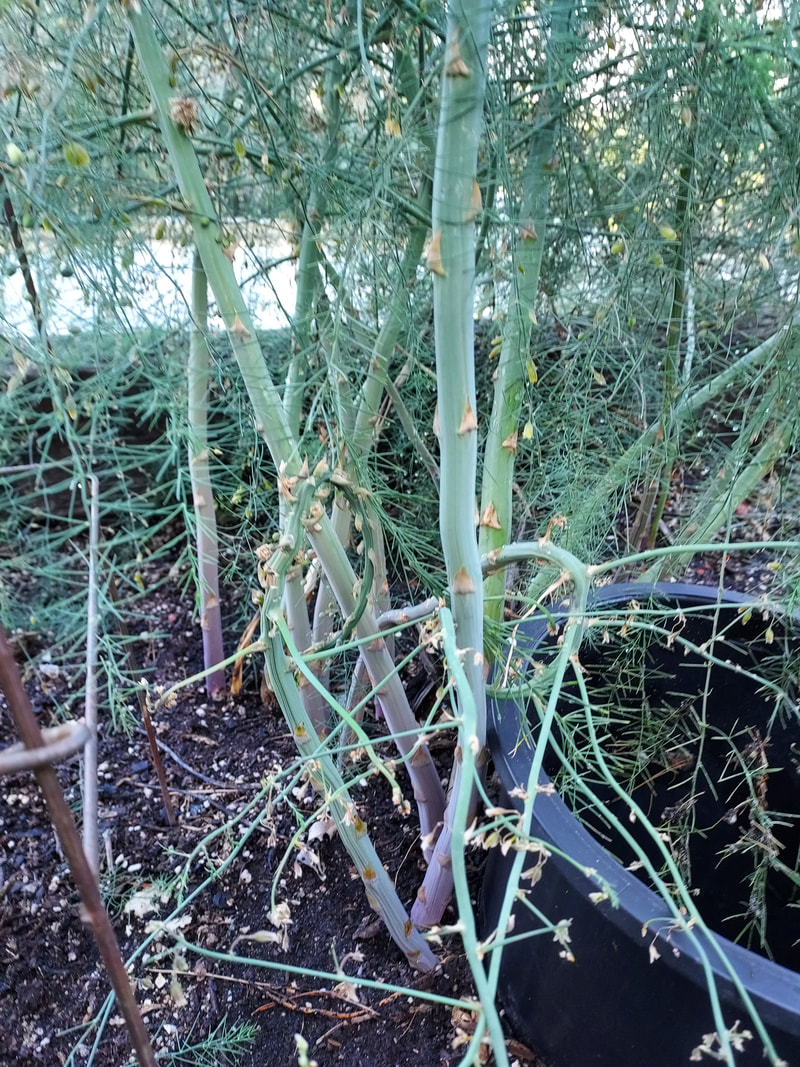
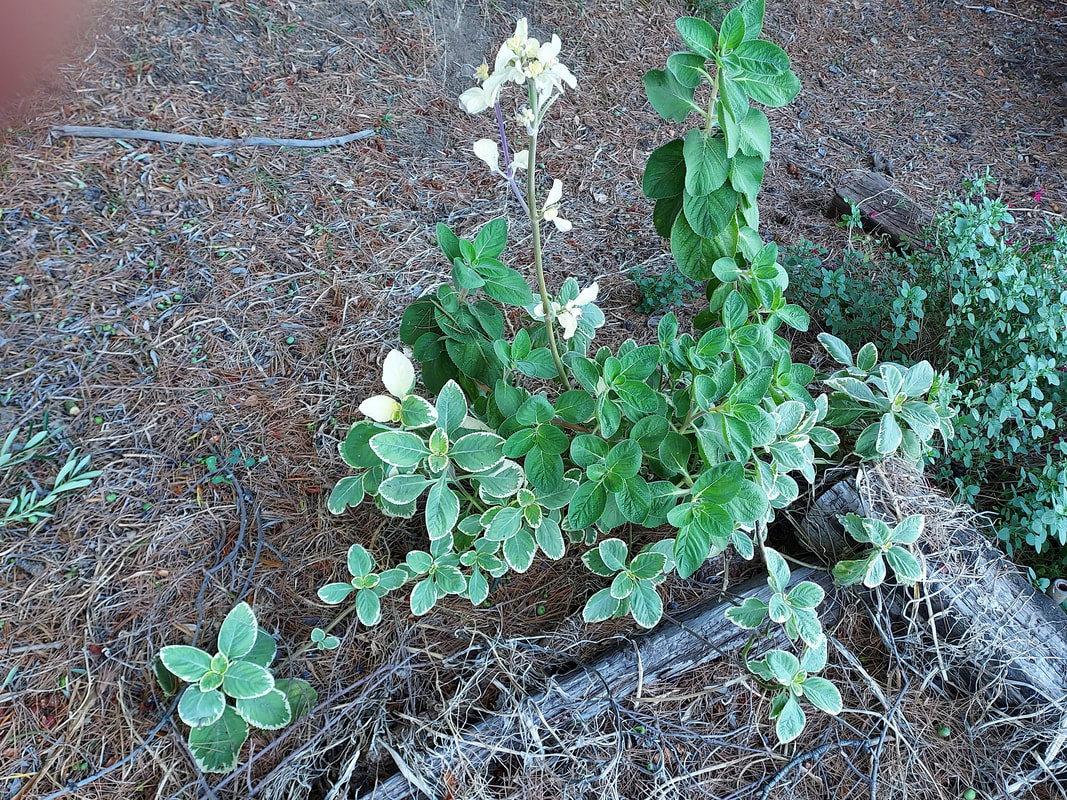
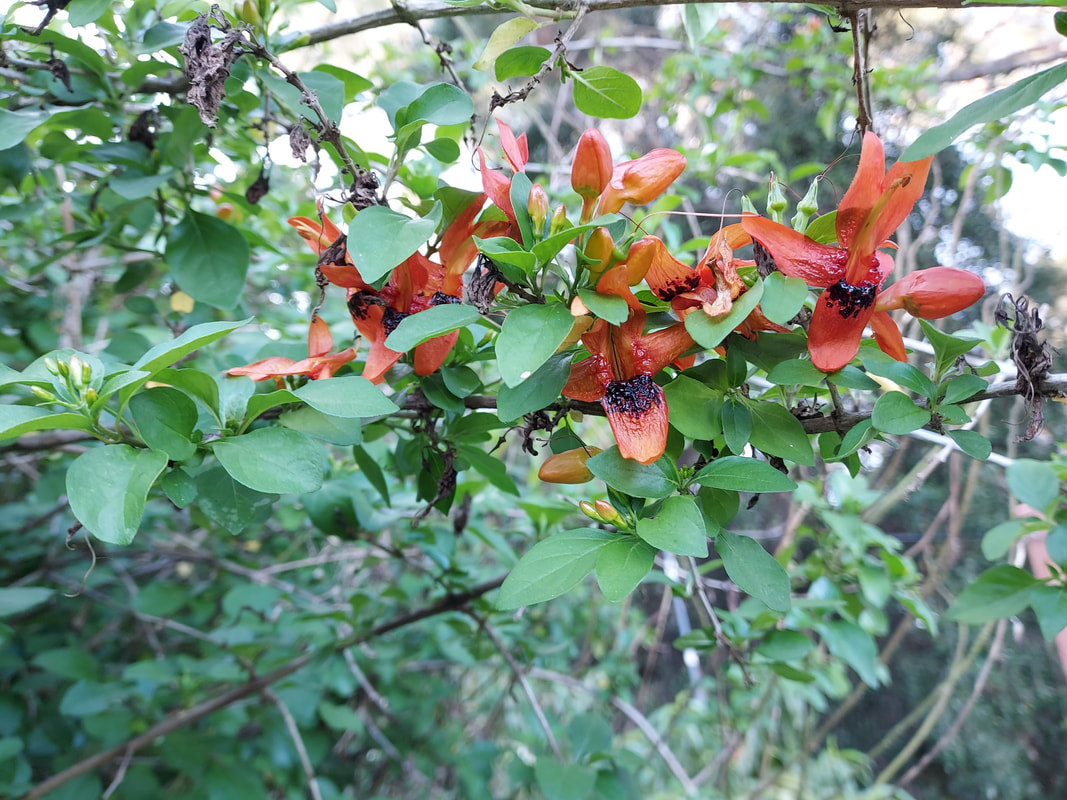
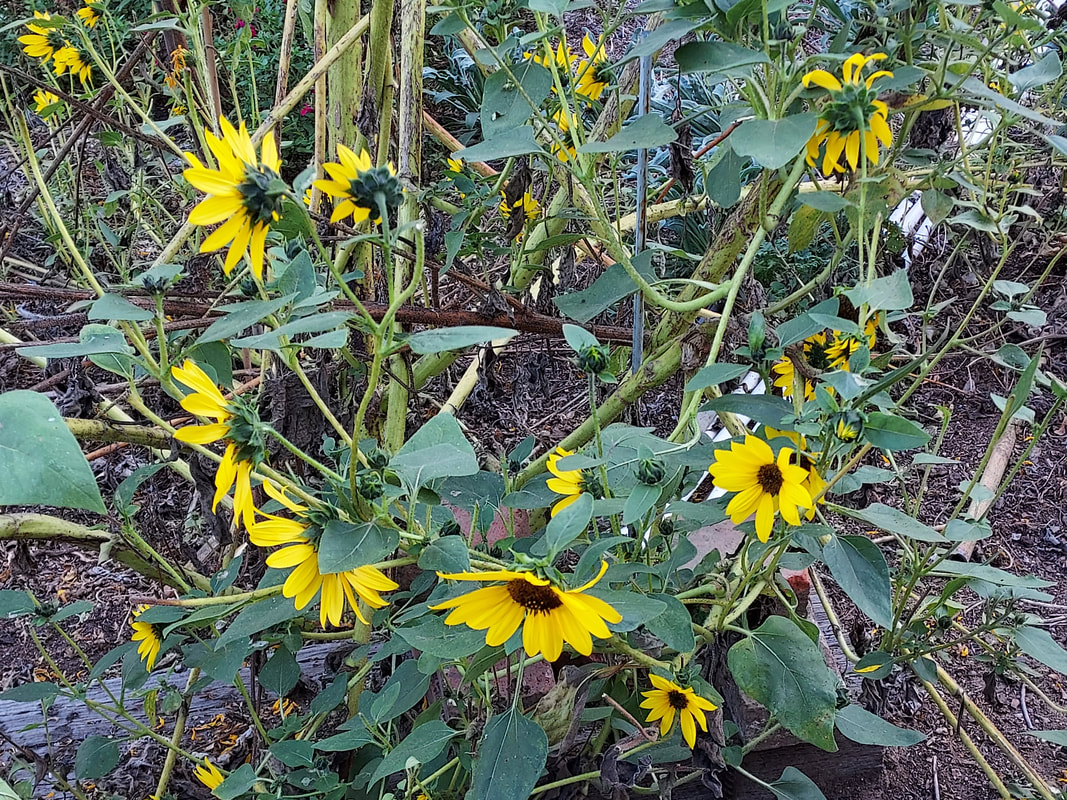
 RSS Feed
RSS Feed